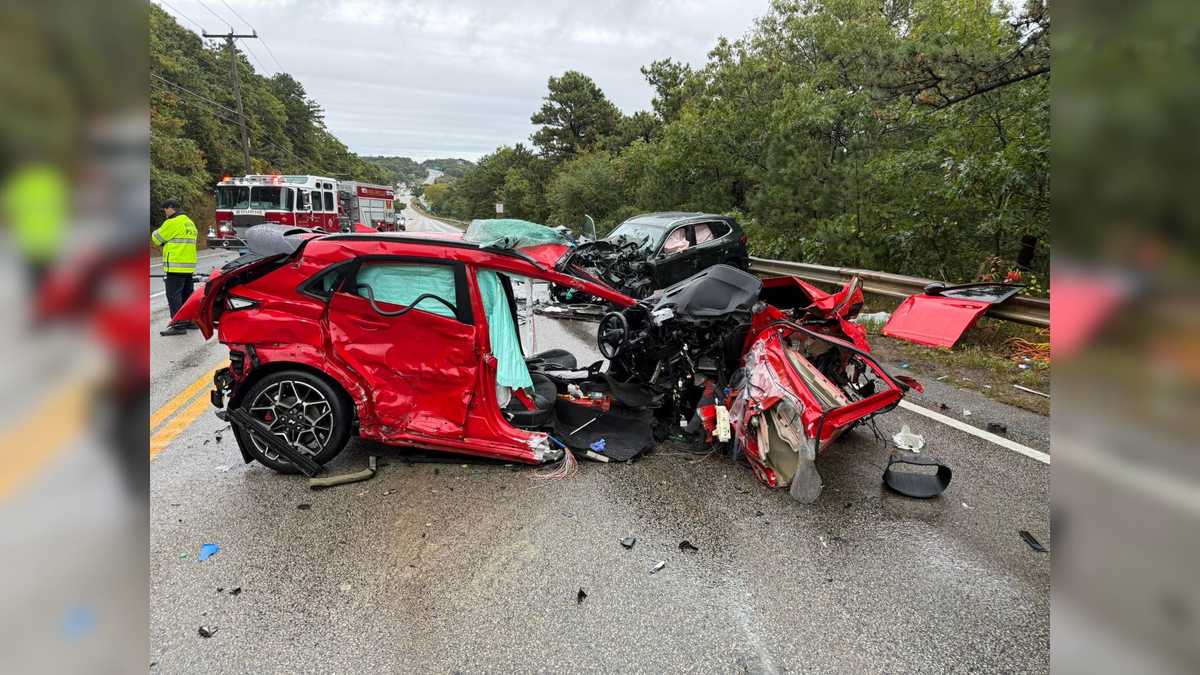Every day, thousands of drivers get behind the wheel without realizing how common car accidents really are. Most people don’t think about crash statistics until it happens to them or someone they love. Understanding how many auto accidents happen per day can help drivers stay informed—and for those already affected, it’s a reminder of why legal support is so important when dealing with insurance companies, injuries, and financial losses.
This article breaks down the daily crash numbers in the U.S. and Texas, explains the leading causes, highlights injury and fatality trends, and outlines what victims can do after a collision—especially when compensation is on the line. Orange Law Firm represents accident victims and their families across Texas and helps them recover medical costs, lost wages, and damages after collisions.
Before diving into the numbers, it’s important to recognize a few limitations of crash reporting systems:
- States vary in their accident reporting requirements. For instance, California includes many minor, self-reported crashes. In contrast, Texas discontinued driver self-reporting in 2017, meaning its data reflects mostly police-investigated crashes.
- Not all injuries are reported or identified at the scene. Some people may not experience symptoms until hours or days later, which can lead to underreporting.
These differences can impact how complete and comparable the data is from state to state.
When looking closer at injury and fatality statistics, the picture becomes even more alarming. Out of more than 16,000 daily crashes, around 7,500 lead to injuries and roughly 100 result in deaths. That means every single day, families lose loved ones because someone was speeding, distracted, drunk or ran a red light. These tragedies don’t just end with the crash scene. Survivors have to deal with insurance companies, hospitals, employers and long-term recovery. Many victims don’t know their rights or what compensation the law allows, so they end up settling for less than they deserve. In states with large populations and busy highways, the daily numbers are even higher. Texas, California and Florida consistently lead the country in the total number of auto accidents.
Texas alone has hundreds of crashes every day and multiple fatal accidents every 24 hours. Since there is no day in Texas with zero traffic deaths, drivers face risks everywhere from Houston’s highways to smaller town roads. Urban areas like Houston, Dallas and San Antonio tend to have more collisions because of high traffic volume, commercial vehicles, distracted commuting and constant construction.
People often wonder how many of these daily accidents are preventable. Driver behavior plays a major role. Distracted driving is a leading cause, especially with cell phones and in-car technology. Texting, checking notifications, using navigation apps and scrolling social media all pull attention away from the road. It only takes a few seconds for a driver to miss a stop sign or drift into another lane. Speeding is another major factor, especially on interstates and state highways. Higher speeds reduce reaction time and increase the severity of impact. Drunk and impaired driving still causes thousands of crashes every week despite decades of public awareness campaigns. Fatigue, reckless lane changes, tailgating and running red lights all contribute to the daily accident count. Weather adds another layer of danger. Rain, fog and ice make roads slick and reduce visibility, leading to chain-reaction collisions during rush hour or early morning commutes.
CAR ACCIDENT STATISTICS IN THE UNITED STATES
In 2023, the National Highway Traffic Safety Administration (NHTSA) estimated that roughly 6.14 million traffic crashes occurred across the United States. These crashes involved everything from single-car incidents and rollovers to multi-vehicle collisions, as well as accidents involving pedestrians and cyclists.
Broken down by time, this equates to:
- 16,822 crashes per day
- 701 crashes per hour
These statistics highlight how frequently road users are affected by traffic incidents.
Texas: A Closer Look at Daily Auto Accidents
In 2023, Texas reported approximately 559,340 traffic crashes, averaging about 1,532 accidents per day. This equates to over one crash every minute. Tragically, there were 4,481 fatalities and 244,092 injuries in these accidents.
Arizona: Traffic Accident Statistics
Arizona experienced 122,247 traffic crashes in 2023, translating to an average of about 335 accidents daily. The state also reported a concerning number of fatalities and injuries, highlighting the ongoing challenges in road safety.
Factors Contributing to High Accident Rates
Several factors contribute to the high number of auto accidents in both states:
- Distracted Driving: Distractions, particularly from mobile devices, remain a significant cause of accidents.
- Impaired Driving: Driving under the influence of alcohol or drugs continues to be a leading factor in traffic fatalities.
- Speeding: Excessive speeds reduce reaction times and increase the severity of accidents.
- Weather Conditions: Adverse weather can impair visibility and road traction, leading to more accidents.
Quantifying Your Crash Risk
The risk of being involved in an auto accident comes into focus as you look at the number of crashes per unit time. Once you understand that road users in the U.S. experience 701 crashes per hour throughout every hour of the year, you’ll have a better idea of the enormous risk you take every time you drive, walk, or ride your bicycle. If you or a loved one is involved in a car accident, don’t hesitate to seek help.
For more information, contact the Houston personal injury law firm Orange Law Firm with Attorney Karan Joshi by calling (713) 885-9787 now!



